Chris Christie allegedly laughed when he found out about 'Bridgegate' lane closures

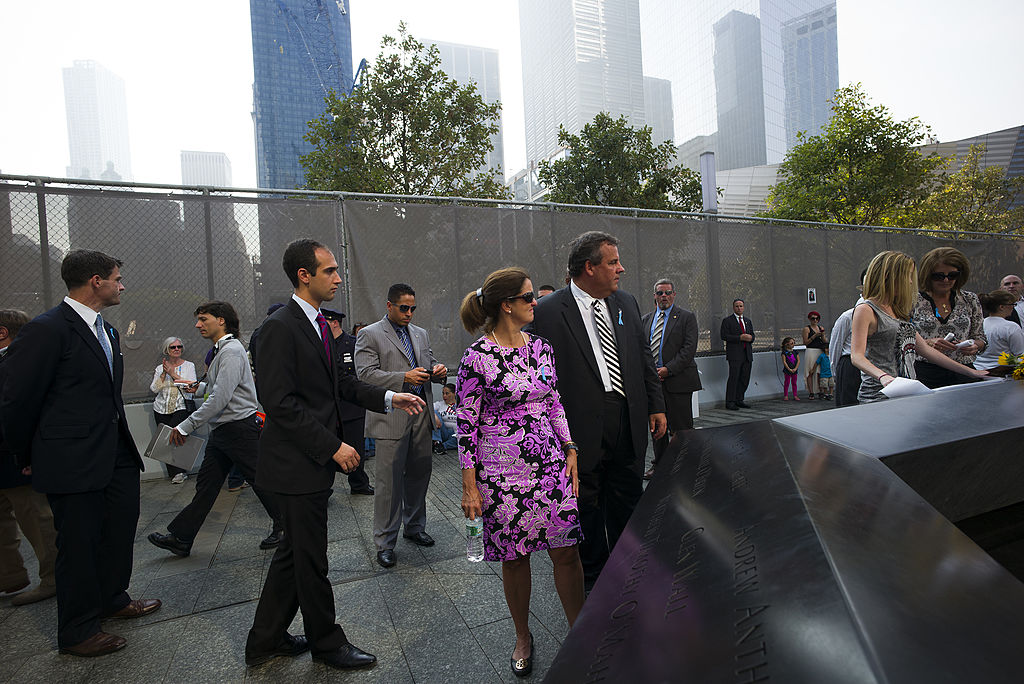
Gov. Chris Christie (R-N.J.) was told about the punitive lane closings up to the George Washington Bridge at a 2013 memorial service for the Sept. 11 terrorist attacks, two days before the lanes were unblocked, David Wildstein, a confessed architect of the scheme, testified in federal court on Tuesday. When the governor was told of the closures — and that they were in retaliation for the Democratic mayor of Fort Lee declining to endorse Christie's re-election bid — "he laughed," Wildstein said.
Wildstein, a former Christie loyalist at the Port Authority of New York and New Jersey — which oversees the George Washington Bridge, the nation's busiest — is testifying against Bill Baroni, Christie's top appointee at the Port Authority, and former Christie aide Bridget Anne Kelly; Christie himself is not charged in this "Bridgegate" case, and on Tuesday, he again insisted that he "had no knowledge prior to or during these lane realignments." New York magazine recounts Wildstein's testimony, accompanying photographs of Christie, himself, and Baroni in a "relaxed" huddle at Ground Zero:
"Mr. Baroni said, 'Governor I have to tell you about something,'" Wildstein testified, saying that Baroni and Christie often adopted a "very sarcastic tone" when they were talking politics. "Mr. Baroni said to Governor Christie, 'Governor, I can tell you there's a tremendous amount of traffic in Fort Lee this morning, major traffic jams, and Mayor [Mark] Sokolich is very frustrated." He alleged that Baroni then added, "You'll be pleased to know that Mayor Sokolich is having trouble getting his telephone calls returned."According to Wildstein, Christie replied with similar sarcasm, "I imagine he wouldn't be getting his phone calls returned." ... The governor still called Wildstein by the pseudonym he used on the [influential political blog] website, "Wally Edge." So Christie surely understood the import of what Baroni allegedly told him next: "Mr. Baroni said to Governor Christie that I was monitoring the traffic, I was watching over everything," Wildstein testified. "Governor Christie said in the sarcastic tone of the conversation, 'Well. I'm sure Mr. Edge would not be involved in anything political." Then, Wildstein said, "he laughed.""This was our one constituent. I was pleasing my one constituent," Wildstein said. "I was proud of it. I was happy that he's happy." [New York]
You can read more about the dramatic day of "Bridgegate" testimony at The New York Times or New York.
The Week
Escape your echo chamber. Get the facts behind the news, plus analysis from multiple perspectives.

Sign up for The Week's Free Newsletters
From our morning news briefing to a weekly Good News Newsletter, get the best of The Week delivered directly to your inbox.
From our morning news briefing to a weekly Good News Newsletter, get the best of The Week delivered directly to your inbox.
A free daily email with the biggest news stories of the day – and the best features from TheWeek.com
Peter has worked as a news and culture writer and editor at The Week since the site's launch in 2008. He covers politics, world affairs, religion and cultural currents. His journalism career began as a copy editor at a financial newswire and has included editorial positions at The New York Times Magazine, Facts on File, and Oregon State University.
-
 Zimbabwe’s driving crisis
Zimbabwe’s driving crisisUnder the Radar Southern African nation is experiencing a ‘public health disaster’ with one of the highest road fatality rates in the world
-
 The Mint’s 250th anniversary coins face a whitewashing controversy
The Mint’s 250th anniversary coins face a whitewashing controversyThe Explainer The designs omitted several notable moments for civil rights and women’s rights
-
 ‘If regulators nix the rail merger, supply chain inefficiency will persist’
‘If regulators nix the rail merger, supply chain inefficiency will persist’Instant Opinion Opinion, comment and editorials of the day
-
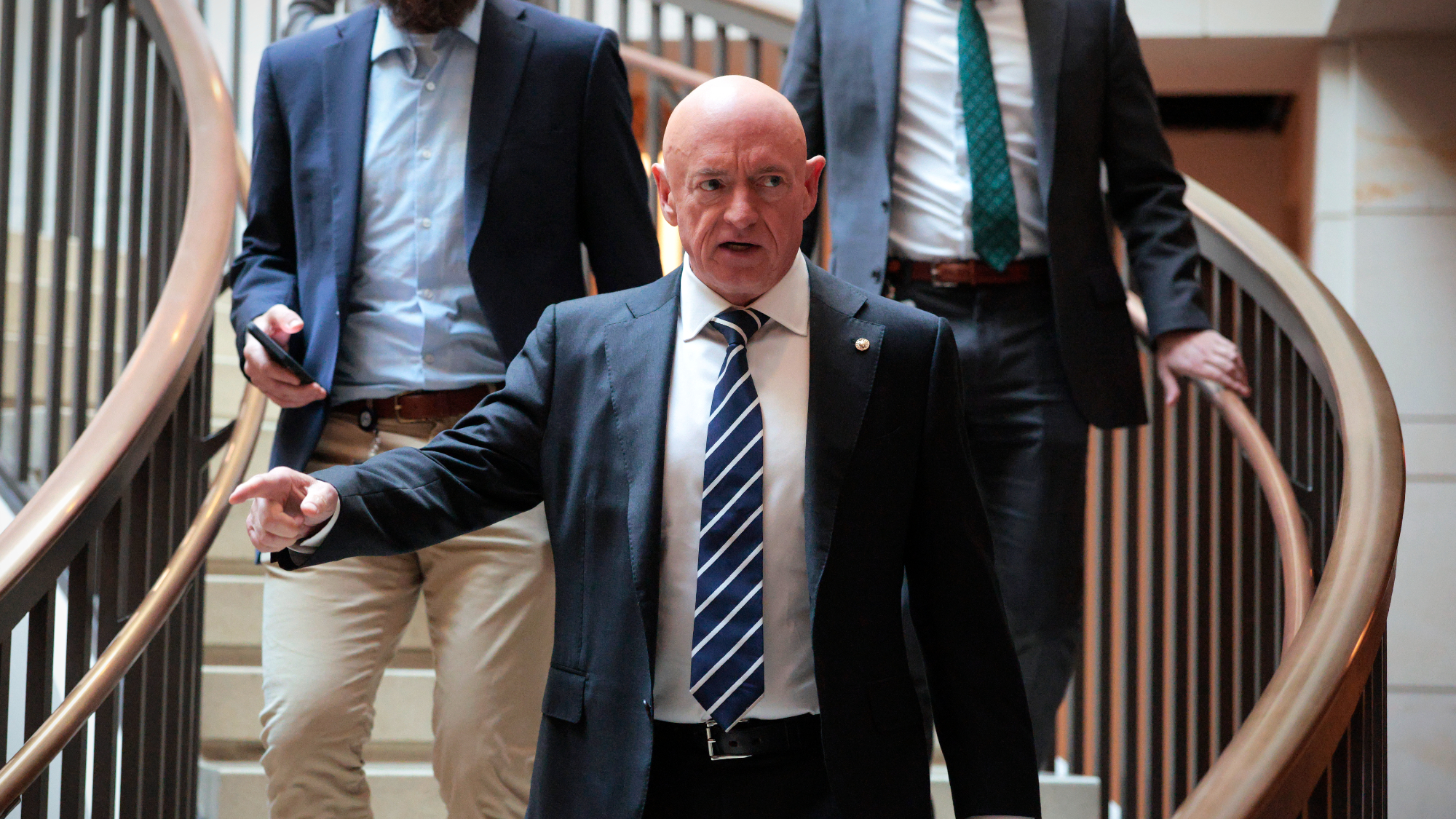 Hegseth moves to demote Sen. Kelly over video
Hegseth moves to demote Sen. Kelly over videospeed read Retired Navy fighter pilot Mark Kelly appeared in a video reminding military service members that they can ‘refuse illegal orders’
-
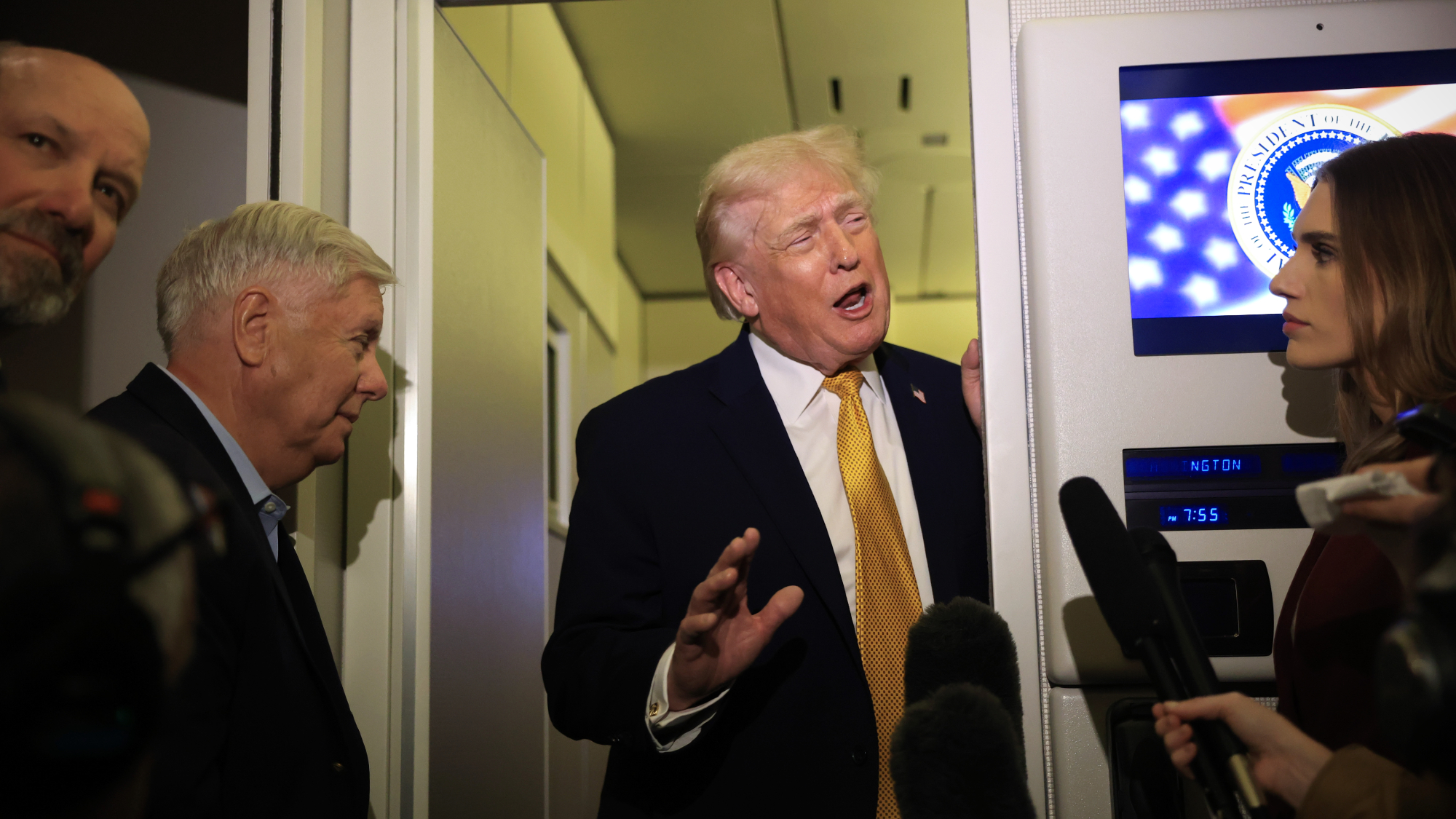 Trump says US ‘in charge’ of Venezuela after Maduro grab
Trump says US ‘in charge’ of Venezuela after Maduro grabSpeed Read The American president claims the US will ‘run’ Venezuela for an unspecified amount of time, contradicting a statement from Secretary of State Marco Rubio
-
 Bari Weiss’ ‘60 Minutes’ scandal is about more than one report
Bari Weiss’ ‘60 Minutes’ scandal is about more than one reportIN THE SPOTLIGHT By blocking an approved segment on a controversial prison holding US deportees in El Salvador, the editor-in-chief of CBS News has become the main story
-
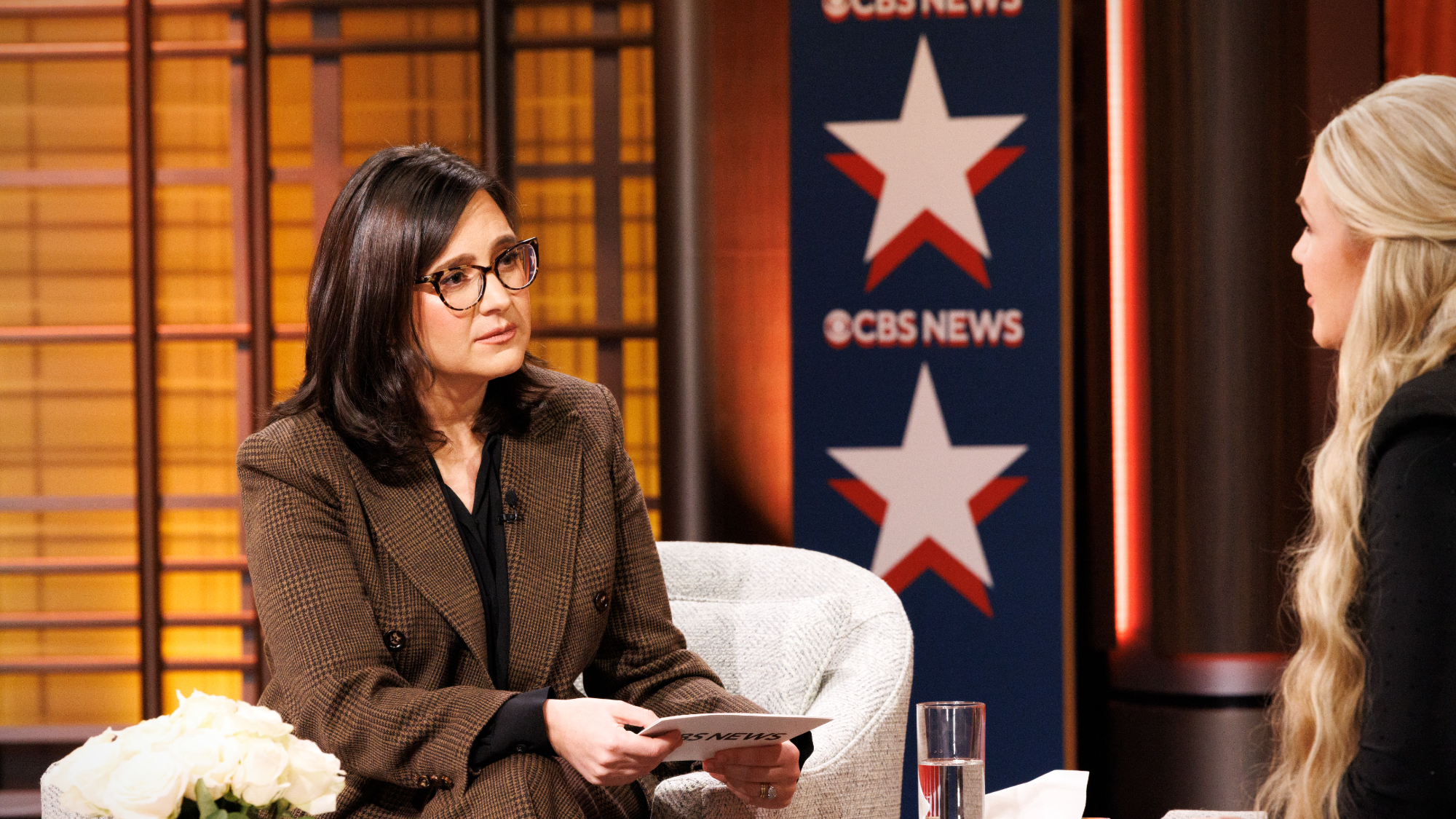 CBS pulls ‘60 Minutes’ report on Trump deportees
CBS pulls ‘60 Minutes’ report on Trump deporteesSpeed Read An investigation into the deportations of Venezuelan migrants to El Salvador’s notorious prison was scrapped
-
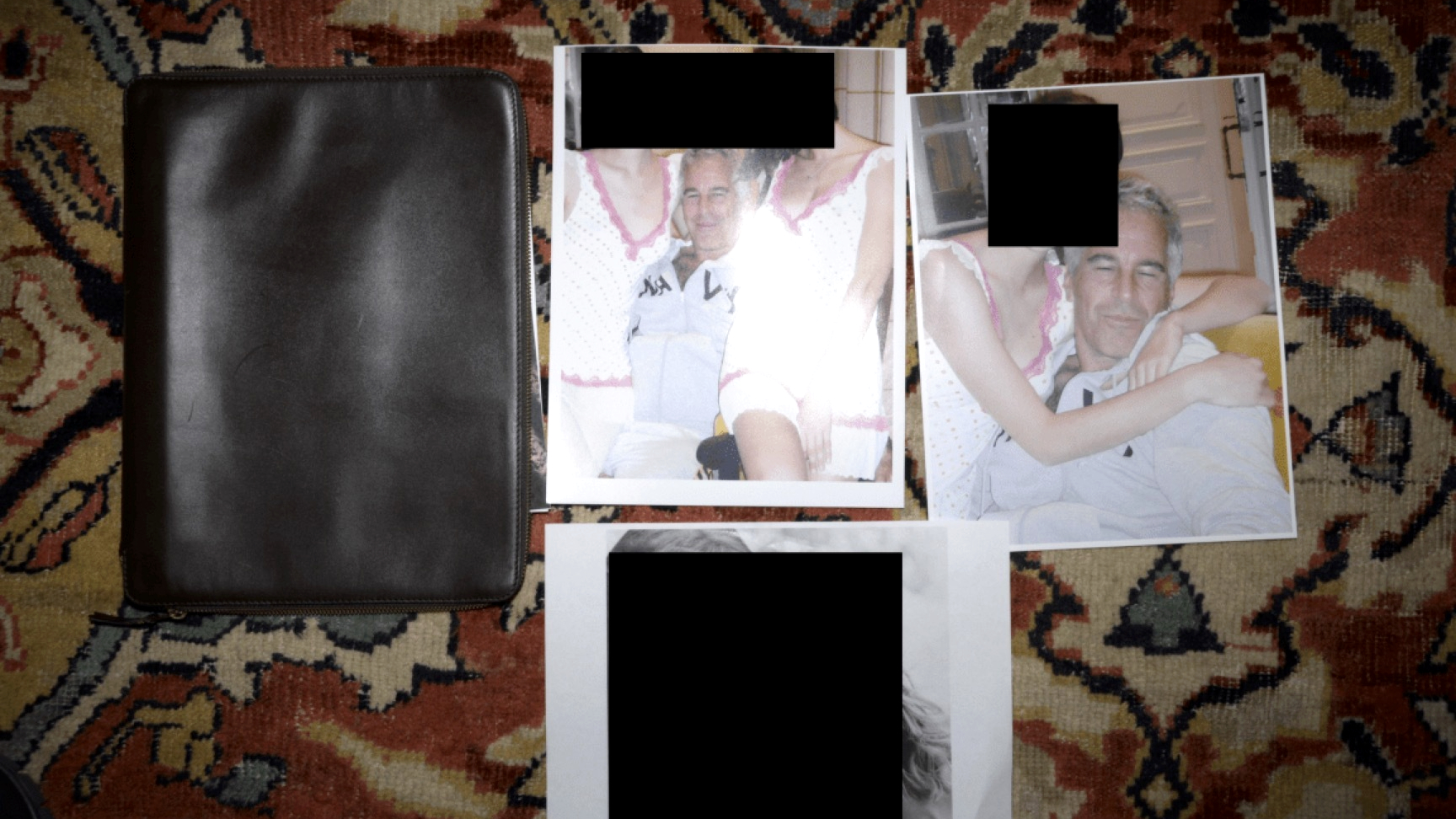 Trump administration posts sliver of Epstein files
Trump administration posts sliver of Epstein filesSpeed Read Many of the Justice Department documents were heavily redacted, though new photos of both Donald Trump and Bill Clinton emerged
-
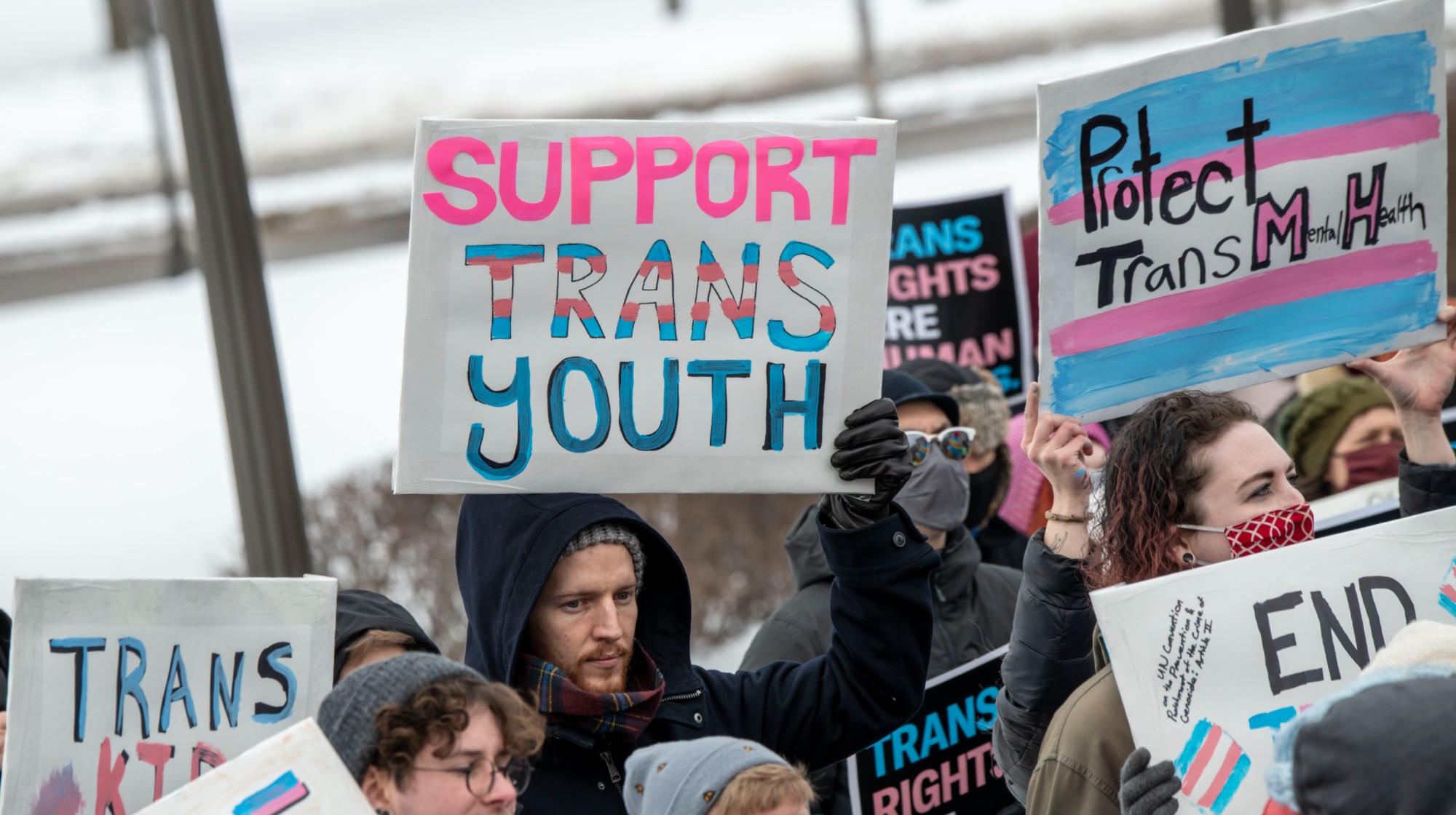 Trump HHS moves to end care for trans youth
Trump HHS moves to end care for trans youthSpeed Read The administration is making sweeping proposals that would eliminate gender-affirming care for Americans under age 18
-
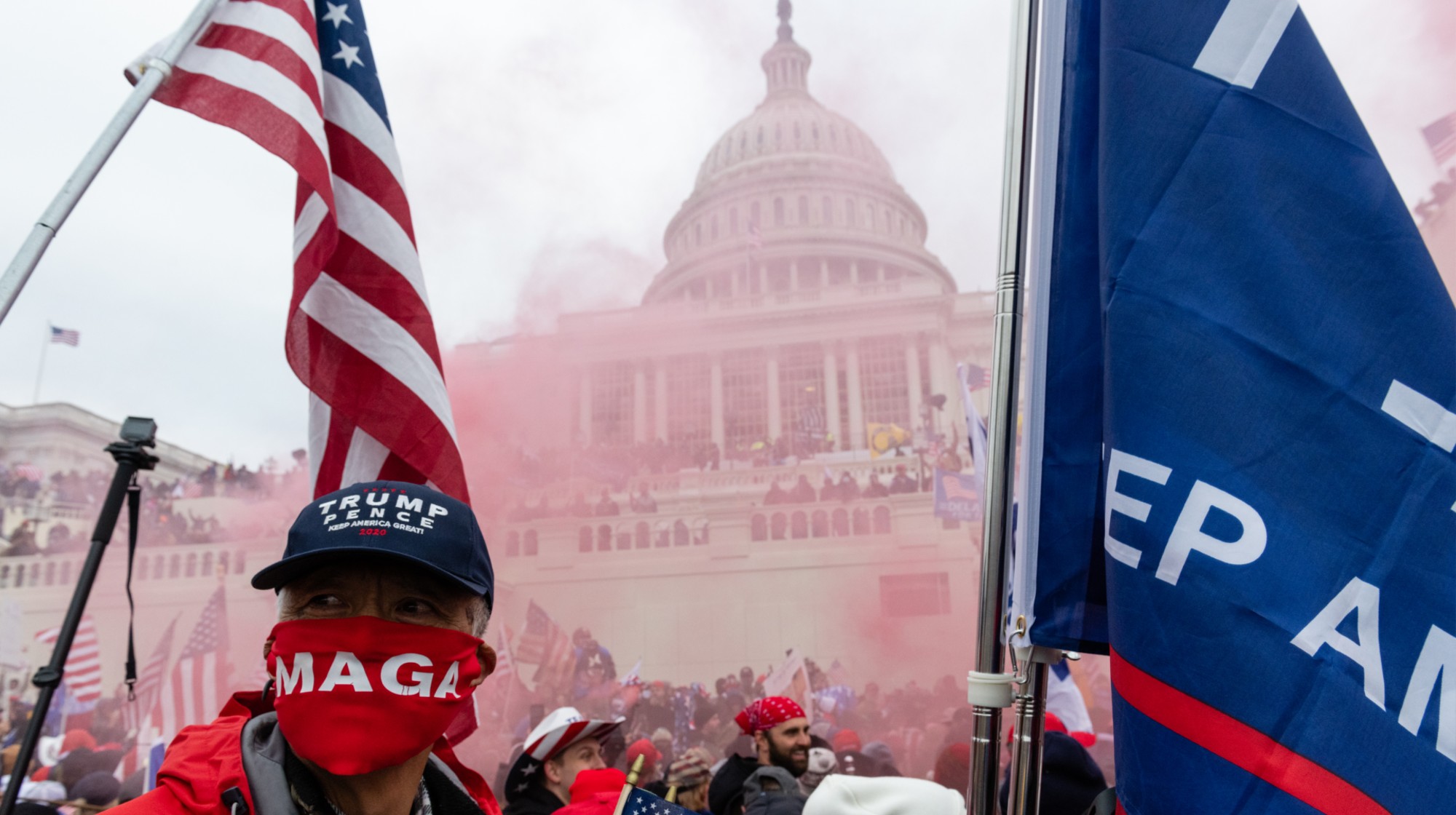 Jack Smith tells House of ‘proof’ of Trump’s crimes
Jack Smith tells House of ‘proof’ of Trump’s crimesSpeed Read President Donald Trump ‘engaged in a criminal scheme to overturn the results of the 2020 presidential election,’ hoarded classified documents and ‘repeatedly tried to obstruct justice’
-
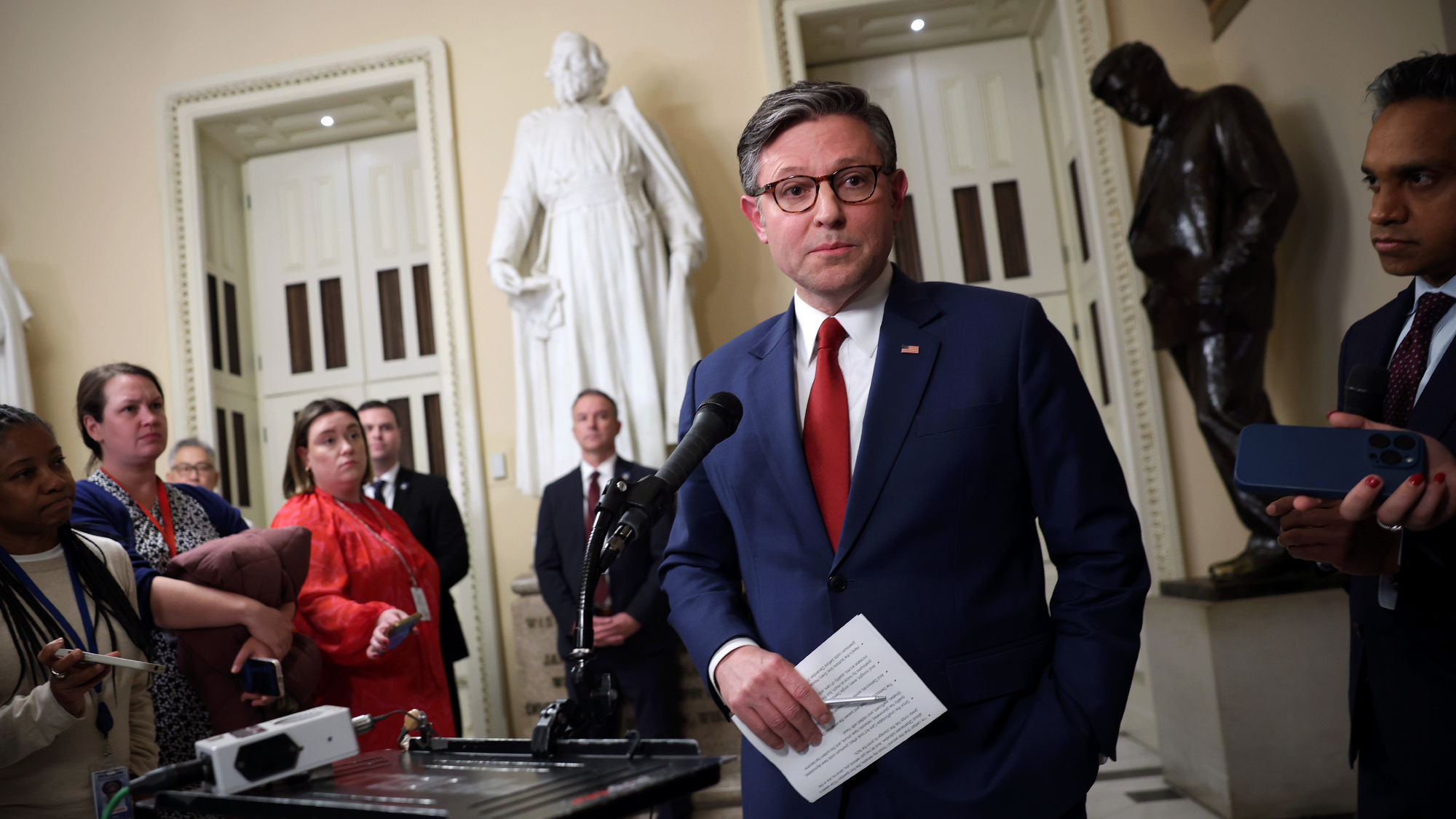 House GOP revolt forces vote on ACA subsidies
House GOP revolt forces vote on ACA subsidiesSpeed Read The new health care bill would lower some costs but not extend expiring Affordable Care Act subsidies
